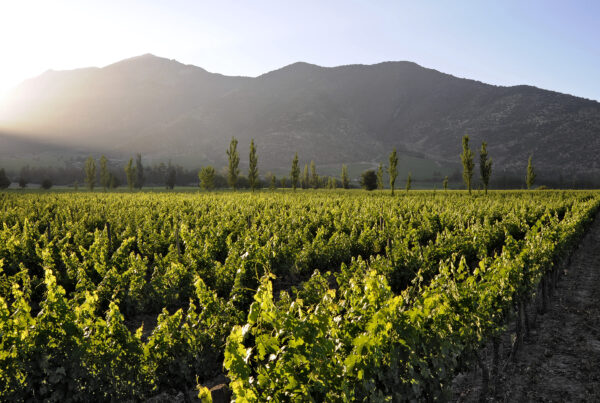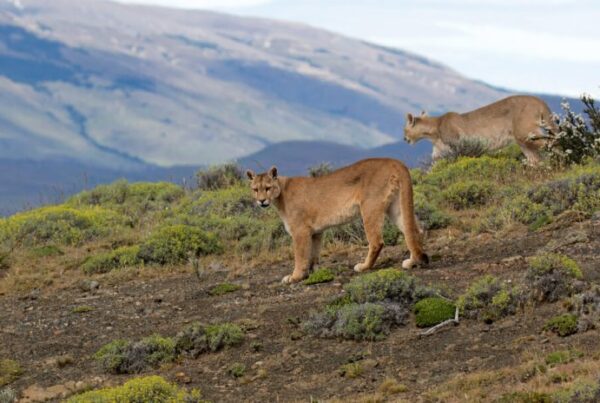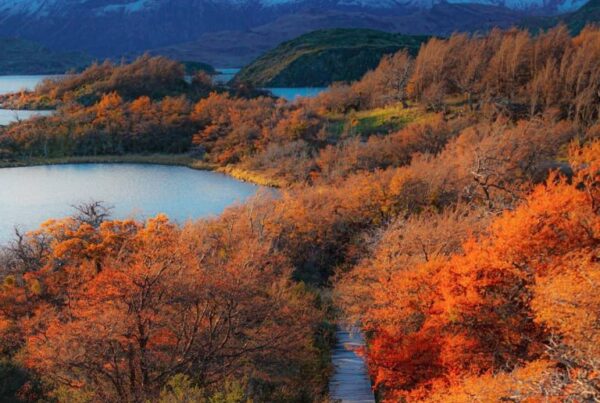Torres del Paine National Park may be world-renowned for its peaks. But the UNESCO Biosphere Reserve also boasts some pretty cool lakes, each with their own characteristics and personalities that visitors can experience while staying at Hotel Las Torres or trekking with Fantástico Sur.
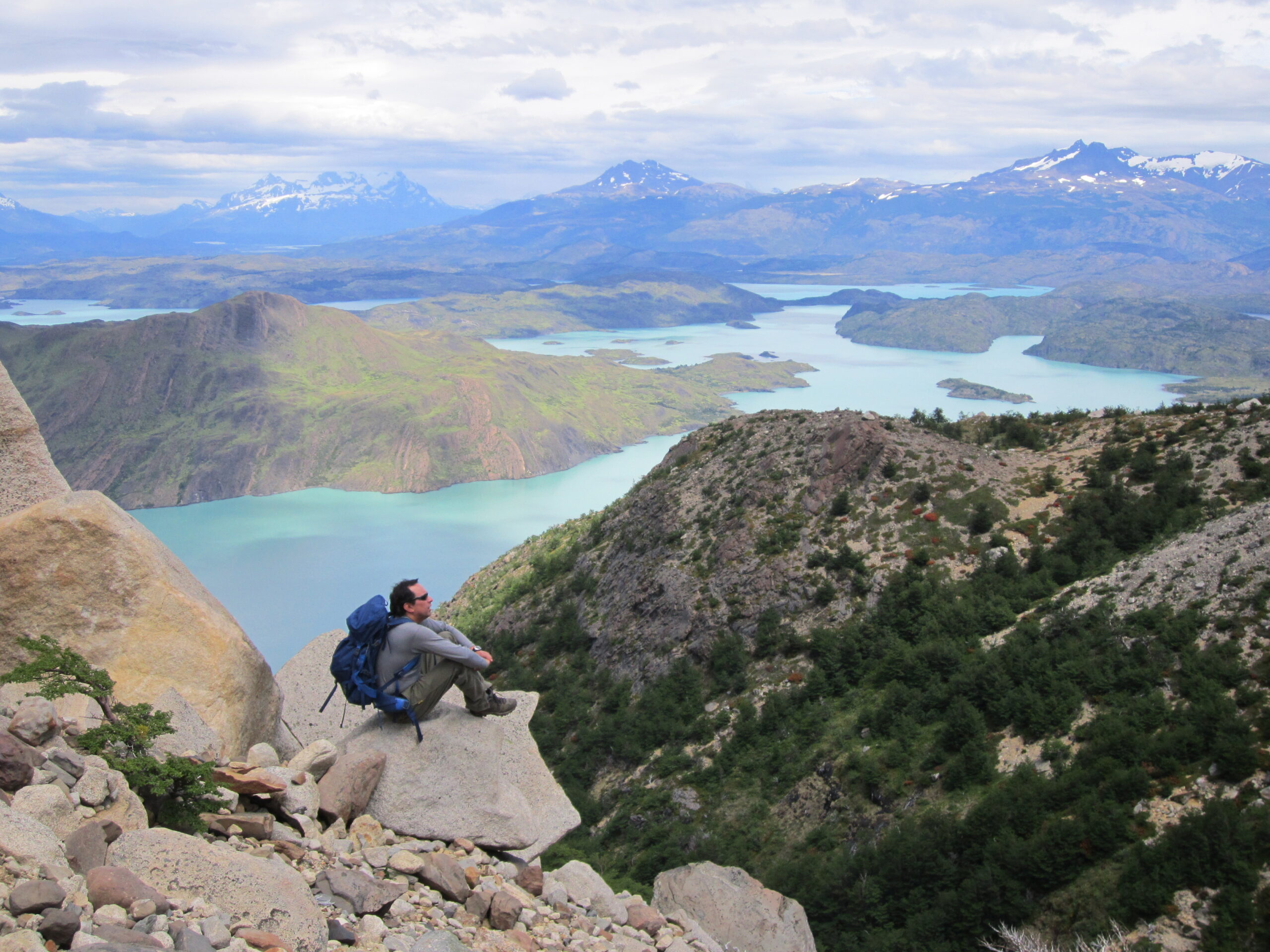
Lago Grey
Rather than being named after some long-ago explorer or naturalist, Lago Grey actually draws its name from its water color. The distinctive greyish hue derives from the silt-laden melt water that pours into the lake from Grey Glacier. The lake is renowned for the icebergs (that break off and float away from that glacier) and its immense depth — more than 1,600 feet — which makes it one of the deepest lakes in Patagonia.
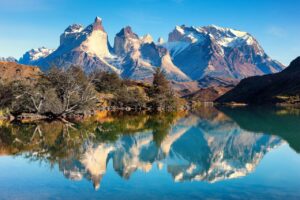 Visitors to Torres del Paine National Park can explore Lago Grey via kayak, canoe or guided boat trips across its 12.5 square miles. The rocky beach at the south end is a great vantage point to consider the glacier and mountains on the other side of the water.
Visitors to Torres del Paine National Park can explore Lago Grey via kayak, canoe or guided boat trips across its 12.5 square miles. The rocky beach at the south end is a great vantage point to consider the glacier and mountains on the other side of the water.
The western-most leg of the “W” Circuit also offers outstanding views of the lake and glacier, especially from the lofty lookout called Grey Glacier Lookout. Fantástico Sur includes this route in a number of its trekking programs.
Lago Sarmiento
One of the larger lakes in the area (nearing 35 square miles), Sarmiento is named after Spanish explorer Pedro Sarmiento de Gamboa. Around its edge are strange, lumpy structures made from  calcium carbonate that form as a result of the lake being a closed system — no outlets that drain away the lake water. There are amazing views of the Paine Massif at sunset from the lake’s south shore.
calcium carbonate that form as a result of the lake being a closed system — no outlets that drain away the lake water. There are amazing views of the Paine Massif at sunset from the lake’s south shore.
Lago Pehoé
Pehoé means “Hidden Lake” in the language of the indigenous Tehuelche people who once lived in this region. It may have been hidden in the past, but certainly no more. Because Lake Pehoé lies in the heart of the national park. Whether you’re exploring Torres del Paine by vehicle or foot, you’ll almost certainly come across Lago Pehoé at some point in your journey.
The best way to get out on the lake is riding the catamaran ferry between Pudeto and Paine Grande — a journey that’s included in many of Fantástico Sur’s trekking programs.
Waterfalls bookend the lake on either side of Pudeto — the massive Salto Grande in the north (which brings water down from Lago Nordenskjöld Lake) and Salto Chico in the south (which carries water into a river that feeds Lago del Toro).
Lago Pehoé’s glassy blue water reflects the nearby Paine Massif. The beautiful blue hues are caused by glacial “flour” or rock dust suspended in the water. But while the water may look refreshing, be forewarned that it’s colder than it looks. Even at the height of summer, the water temperature rarely reaches over 60 degrees Fahrenheit.
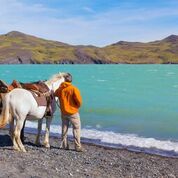 Lago Nordenskjold
Lago Nordenskjold
Perched at the foot of the Paine Massif, Lago Nordenskjold is named after Scandinavian geographer and geologist Otto Nordenskiöld (1869-1928), who explored Antarctic, Greenland, Peru and Patagonia in the early 20th century.
The legendary “W” Circuit runs along the north shore, a path that affords incredible views of both the lake and granite towers. Nearly all of the treks offered by Fantástico Sur follow this route.
Hotel Las Torres offers horseback trips and day hikes to Nordenskjold. Although the routes are slightly different for horse and hikers, the scenery and terrain are very similar. The equestrian version includes numerous stream and river crossings. In addition to the flora and fauna, the excursion offers a chance to learn more about Patagonian gauchos and horses, and hone your own expertise on the saddle.
Visitors can also snatch glimpses of the lake from the south shore, a trail that leads from Pudeto and Salto Grande to a viewpoint called Sendero Mirador Cuernos where you can gaze across Lago Nordenskjold to the Paine Massif rising on the other side.
